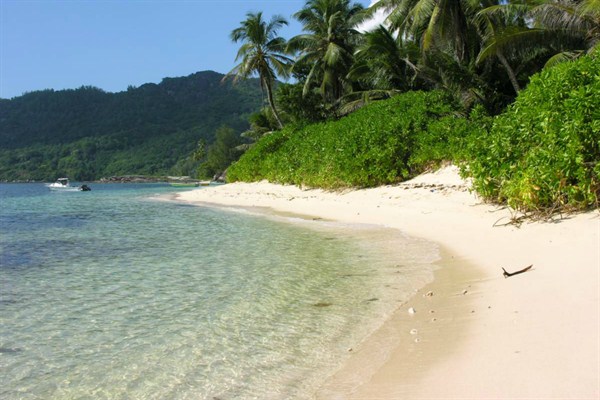The Tropics will have to deal with increasing numbers of so-called climate refugees as states disappear or become unlivable due to climate change, according to a recent collaborative report prepared by 12 research institutions across the region. Comprising tropical, arid and semi-arid areas, the Tropics will be faced with more droughts, rising sea levels and flooding, which could cause large migrations and destabilize fragile states in the region if the environmental stress leads to food shortages and other crises. The warning signs are already there, yet the international community has failed to respond with urgency.
The Tropics are traditionally defined as the area between the Tropic of Cancer and the Tropic of Capricorn. Straddling the Equator from Central America to Africa and Southeast Asia, they are home to 40 percent of the world’s population but more than two-thirds of the world’s poorest people. General underdevelopment means the region generates only 20 percent of the world’s global economic output. The State of the Tropics report released at the end of June offered a mixed bag of conclusions on whether life there is improving. While the region still lags behind the rest of the world, it has seen unprecedented growth as a result of technological advances, greater productivity and increased urbanization. Yet it faces countervailing pressures from climate change that may negate some of those development gains.
Bangladesh, for example, is already experiencing the effects of rising sea levels and intensifying storm surges that pose a significant risk of displacement to its population of 166 million. One quarter of the country’s surface area experiences floods every year. Around 500,000 Bangladeshis have already been displaced with the continued submersion of parts of Bhola Island. Last year the World Bank cautioned that “Bangladesh faces particularly severe challenges, with climate change threatening its impressive progress in overcoming poverty.”

